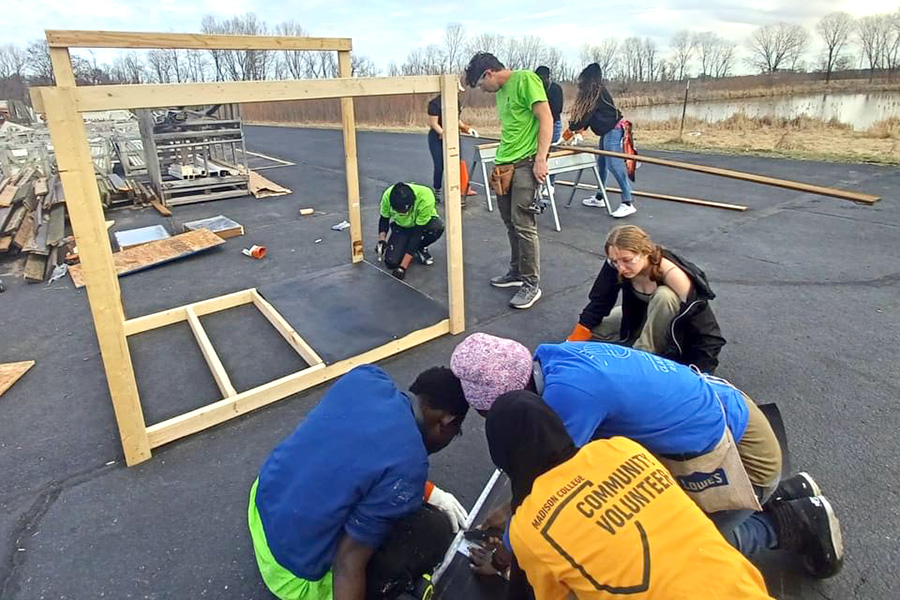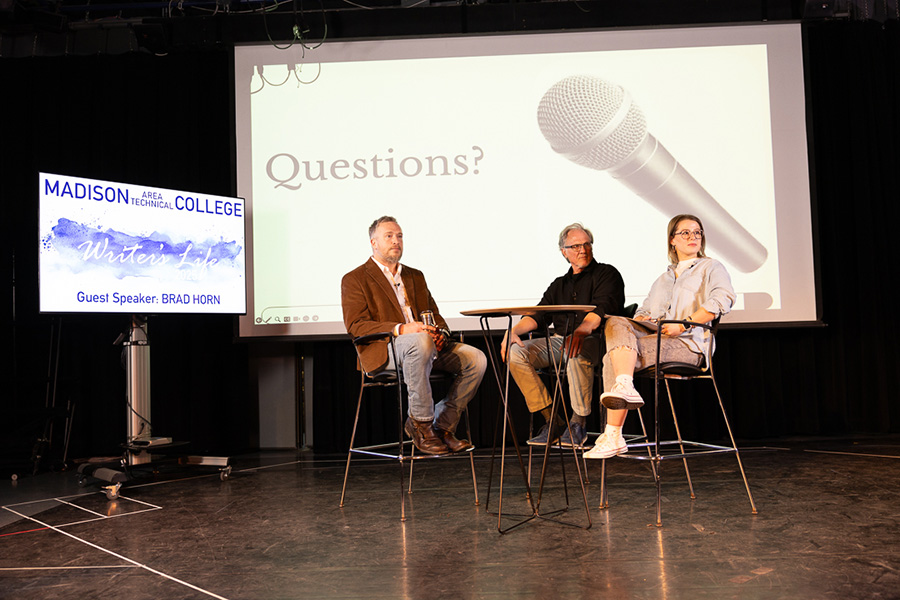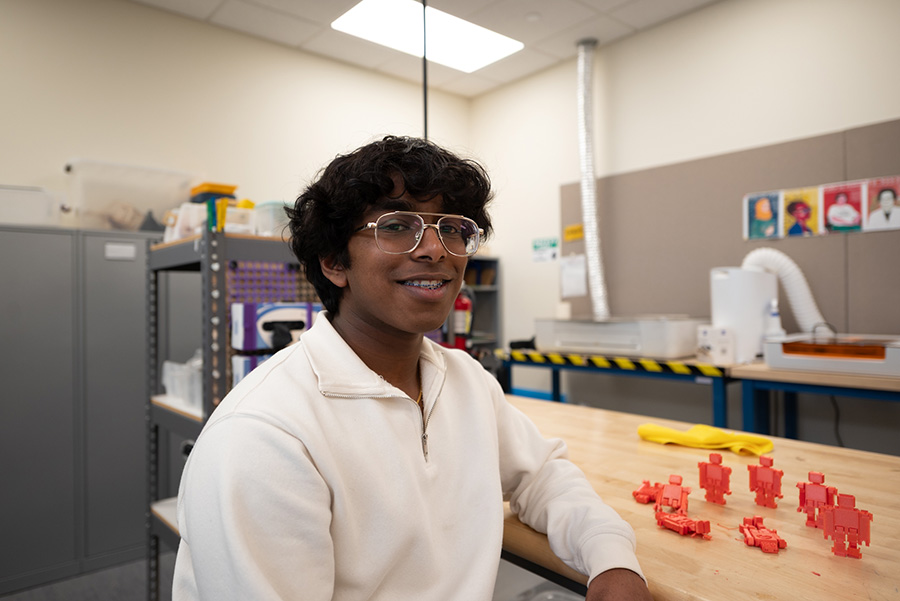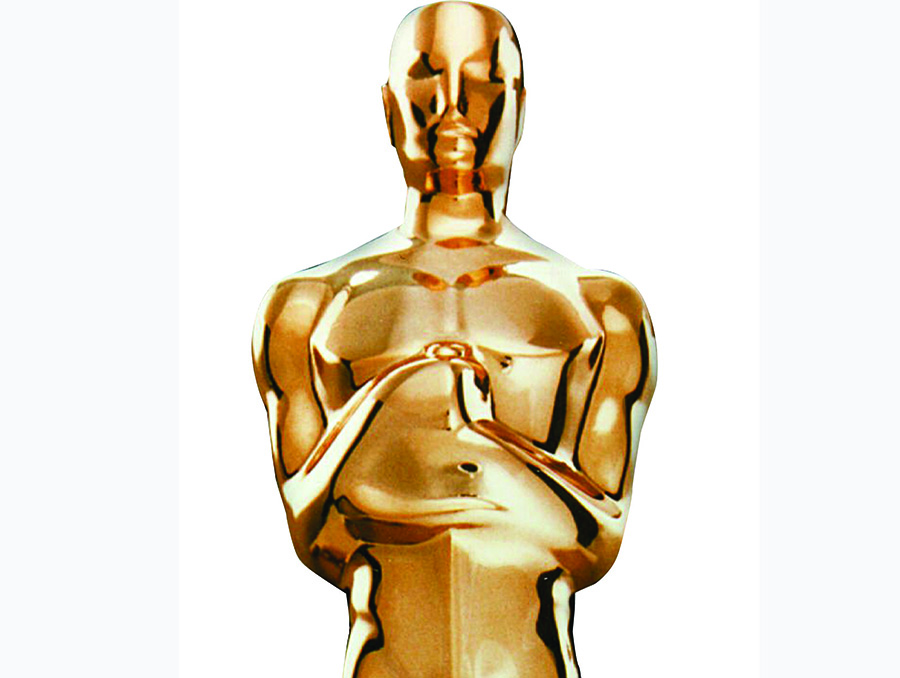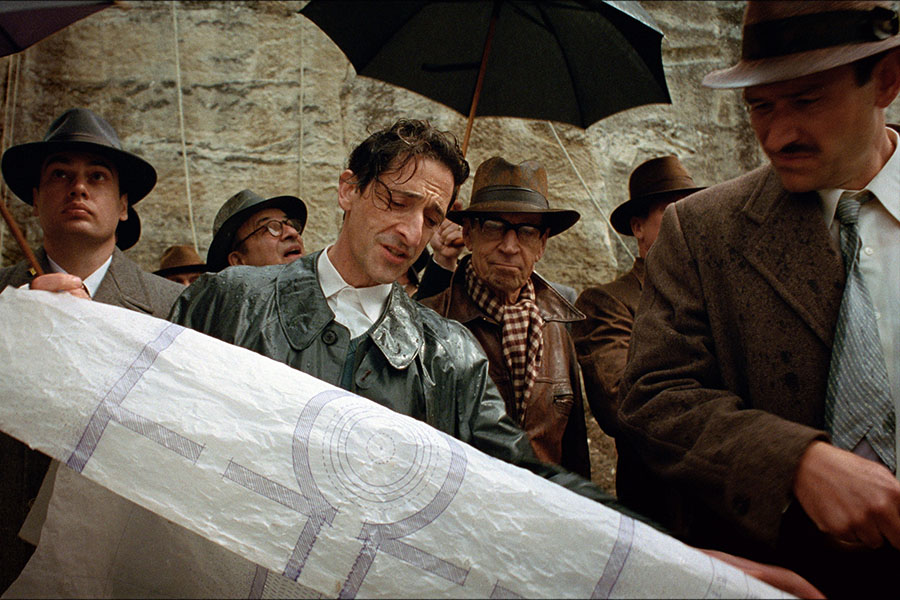‘Hidden Figures’ details the stories of the 3 women who helped NASA launch a man into space
February 15, 2017
In “Hidden Figures,” the title has a double meaning. Not only are the characters looking for the numbers that will get a man into space, the people responsible for find those numbers have been neglected from the history books, figures hidden in history. Hidden “Figures” show how the efforts of three African-American women who worked in the space program made a difference.
Katherine Johnson, Mary Jackson, and Dorothy Vaughan are “colored computers,” African-American women who are mathematical geniuses whose jobs are to calculate what needs to happen for NASA to launch a man into space. All three of them have to deal with casual and not-so-casual racism and sexism as they try to get what they want.
Johnson is mathematical genius who is only brought in to the Space Task Group because of her exceptional abilities in calculus and spatial math. She is the only African-American woman on the team, and her job is to check the numbers, half of which are classified. And there is no bathroom for colored women in the building. Her colleagues are dismissive and demeaning towards her, especially Paul Stafford, played by Big Bang Theory’s Jim Parsons. Jackson notices a design flaw in the shuttles themselves and is encouraged by the head engineer, a Polish Jew who survived WWII, to become an engineer. And Vaughan wants to be the official supervisor of the women she works with, but the superiors she works under won’t let her and tell her to her face that they will soon be replaced by the new IBM electronic computer. All three women work hard to change things.
Johnson soon gains the respect of her colleagues and her boss, Al Harrison, who is more concerned with the end results than how they get there, makes it so that she can go to the bathroom in the building without walking half a mile in high heels every day and get access to the constantly changing information to keep her calculations sharp. Jackson needs a degree from an all-white high school in order to get her engineering degree, and she goes to court in order to get in, and wins. And Vaughan learns all she can about the new IBM computers and teaches it to the women underneath her, so that they became irreplaceable when the computers came and no one knew how to use them.
We don’t just see these women working at NASA. We also see them living as mothers to children, wives with their husbands, and in Johnson’s case, as a widow taking another chance on love with Jim Johnson. The support of their families and their friendship with each other encourages them to stick to their goals and to help NASA get John Glenn into space. The man that history has idolized as the first man in space gets very little screen time in the movie, but when he does, he is a charming, decent man who treats the main ladies with great respect to their intelligence.
If you are interested in a movie based on real events with smart, tough women who changed the world, then see this movie.


